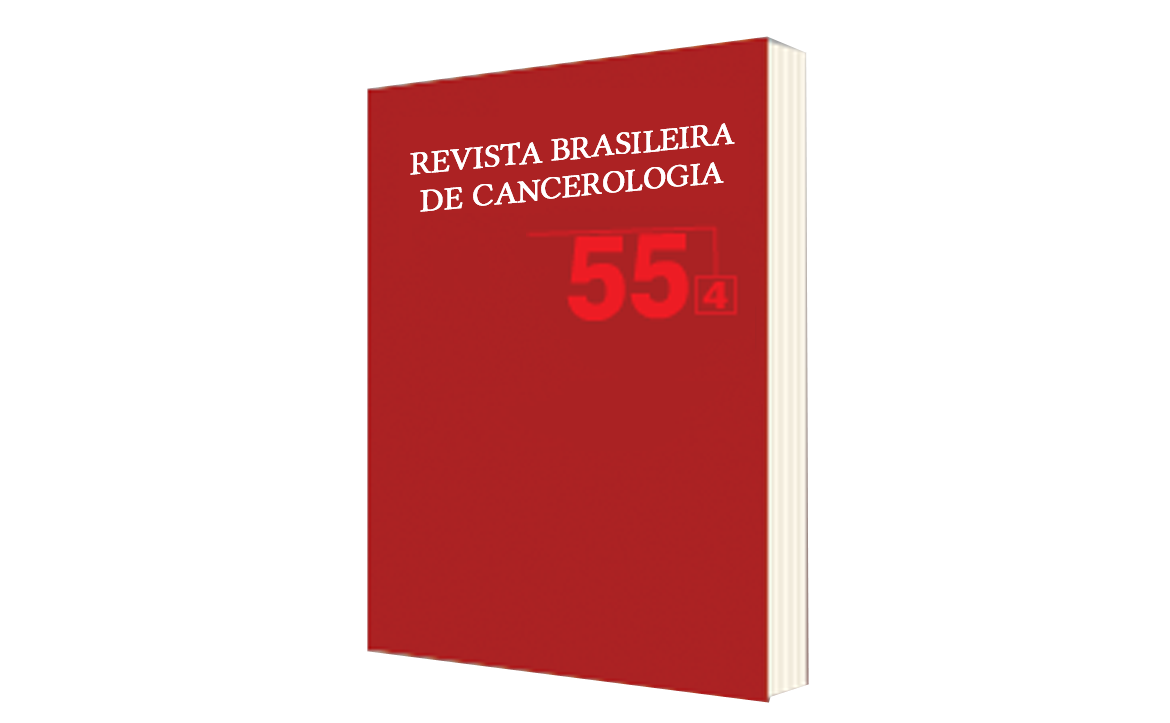Risk Factors for Chronic non Communicable Diseases in Brazil: a Systematic Review
DOI:
https://doi.org/10.32635/2176-9745.RBC.2009v55n4.1594Keywords:
Chronic Disease, Risk Factors, Prevalence, Morbidity Surveys, Cross-Sectional Studies, BrazilAbstract
In Brazil, due to changes in population demographic, epidemiological and nutritional profiles as well as the control achieved in a number of communicable diseases, in recent decades an inversion in the epidemiological profile, with a decrease in infectious diseases and a surge in the prevalence of Non Communicable Diseases (NCDs). There is therefore a need to study social determinants and risk factors for chronic and degenerative diseases in the country. The present study intended to assess the prevalence of exposure to major risk factors for NCDs of the Brazilian population. Systematic review of articles in Portuguese published between 2003 to 2008 in the scientific literature, identified through the online databases Latin American and Caribbean Health Sciences Literature (Lilacs) and International Health Sciences Literature (Medline) was done. Prevalence of risk factor exposure varied according to defined criteria and characteristics of the studied population. The following mínimum and maximum prevalence values for each studied risk factor were found: smoking 8.7% to 28.8%, alcohol abuse 0.1% to 37.7%, excess weight 1.5% to 49.0%, obesity 9.4% to 17.6%, physical inactivity 20.1% to 43.1%, hypertension 5.3% to 34.0%, and diabetes mellitus 2.7% to 7.8%. Variation in the degree of exposure to risk factors for NCDs in the population identified in the various studies points out the need to standardize measurement tools so that results from different sites can be compared. Moreover, the high prevalence of exposure to risk factors observed in some regions suggests that immediate responses by means of implementing strategies for prevention and healthcare promotion are necessary to reduce the Brazilian population exposure to risk factors associated to chronic diseases development.





